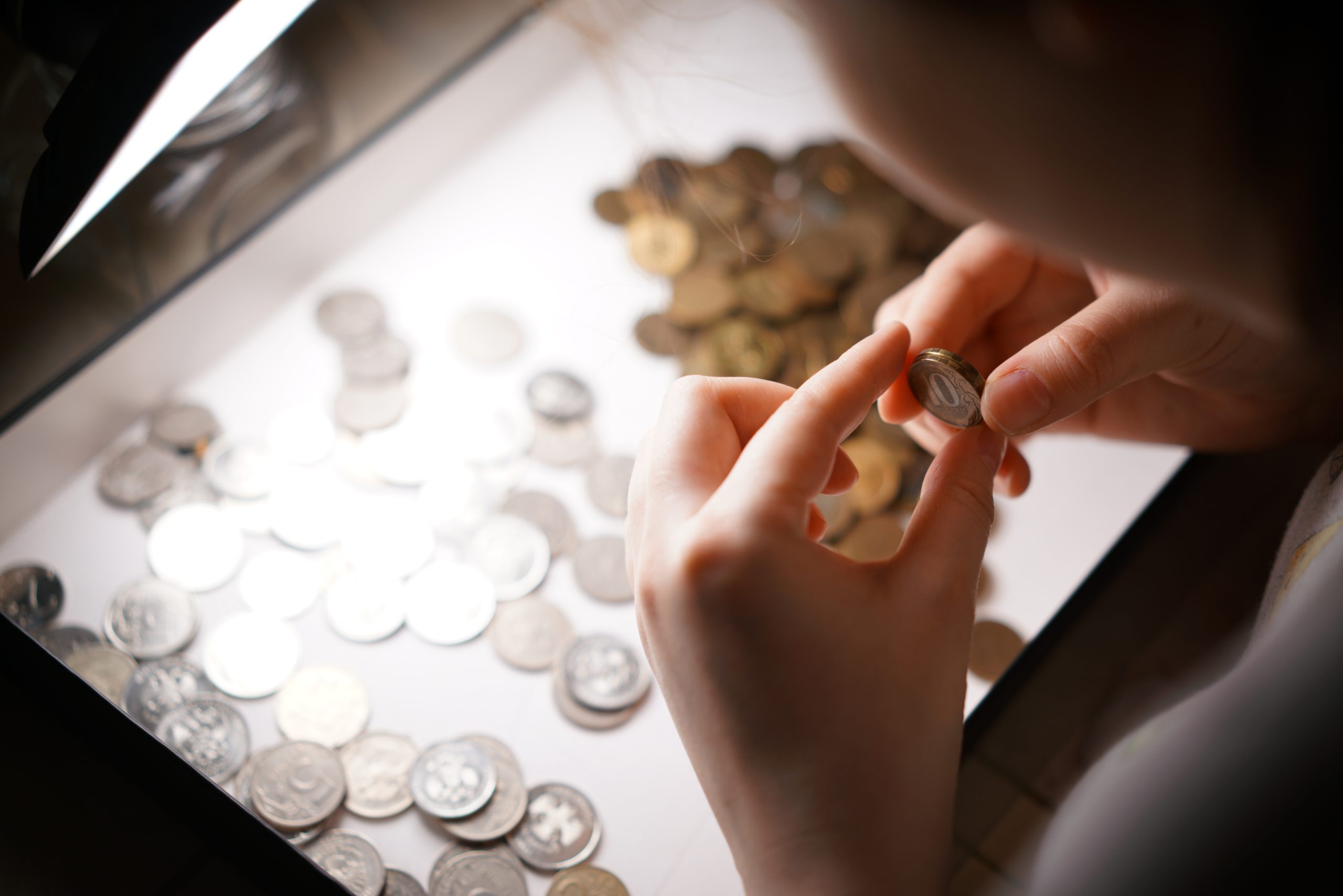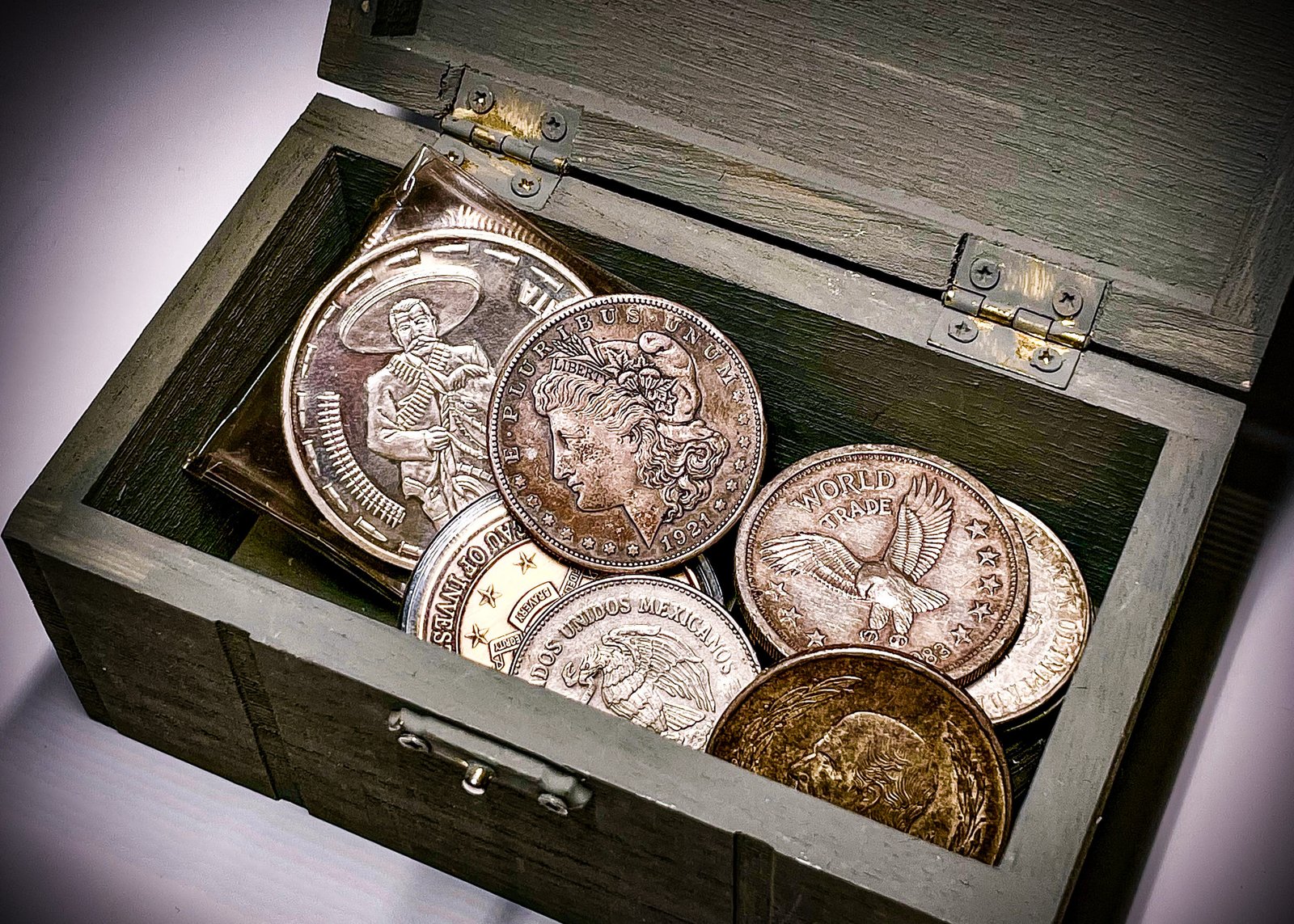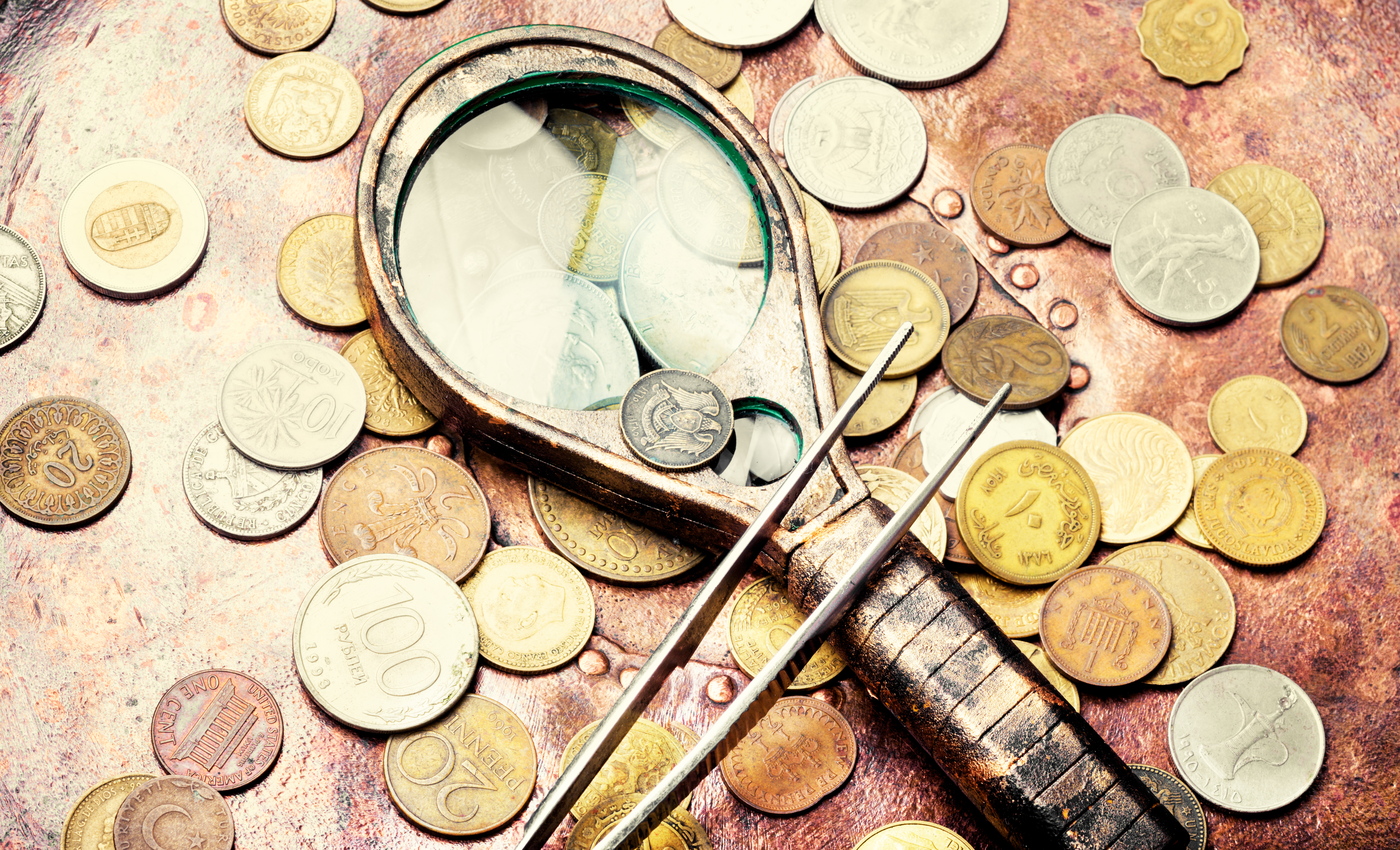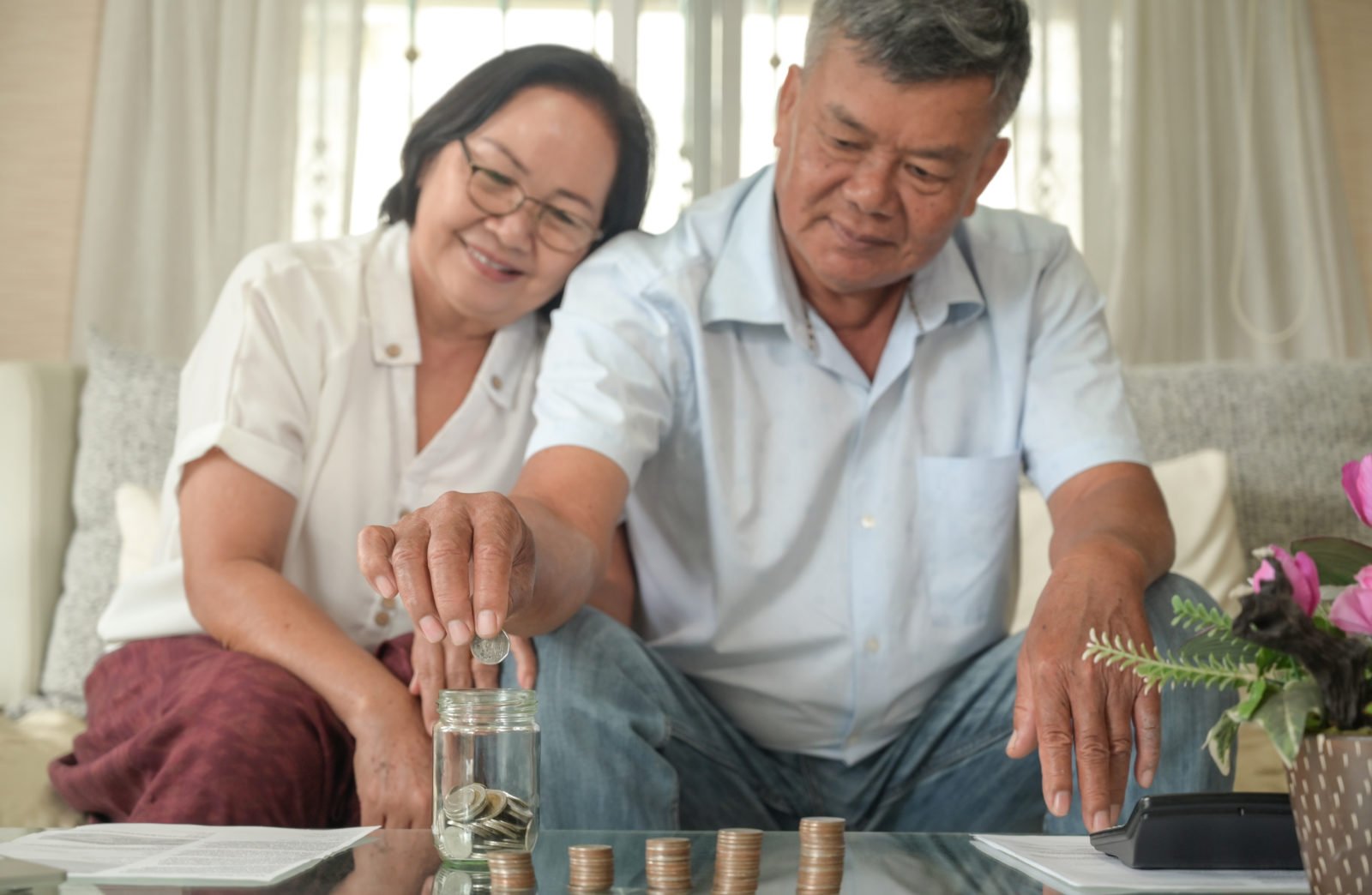In your life, you have certainly met at least one person who has the peculiar hobby of collecting items, particularly old coins or and foreign banknotes. People have done this throughout the history of humankind. Many find this an interesting way to preserve history, but also a great way to “preserve” their investment.
We all know that starting something can be hard and tricky at times. This is why here, we are going to go over the top reasons people collect old currency as well as go over a foreign currency collector’s price guide so that you know what to look for and how to start your own collection.
What Is Value?

There are many reasons why someone would collect old currency and old banknotes. One of the main reasons is that old currency has great value. Their worth has nothing to do with the money that is in use currently nor with current exchange rates.
When talking about collectible currency, there are four types of value to keep in mind. The first one is the catalog value. This refers to the average price that most dealers will give you for an old banknote or coin. The reason why it’s called catalog value is that you can find them in standard numismatic catalogs.
The second type of value is called “the buy price”. This is, like the name implies, the price that a dealer or collector would be willing to pay if you were to sell them some collectible currency. “Wholesale value” refers to a discounted price that is given to people (collectors, dealers, etc.) who are buying large quantities of the collectible currency.
“Retail value” refers to the price that a particular currency dealer would be willing to sell you collectible currency for. The buying price is most commonly lower than the retail price or retail value.
When you are buying or selling a form of collectible currency, the thing to keep in mind in regards to value will firstly be the catalog value. Oftentimes, the amount of money that you will get for it or buy it for will vary depending on the situation that you are in, the dealer who you are looking to buy from or sell to, and your social skills.
What Effects Value

When it comes to collectible currency, there are a few things that factor into the value of a collectible banknote or coin. The factors are the condition, or otherwise known as the grade of the coin or bill, rarity, and the conditions of the market in that particular moment (i.e. the demand). Once you combine these factors, you will know the value of the currency.
The Grade of The Currency
When determining the grade of the coin, there are a few scales that can be used with various specifics. One rule remains the same for all of the old currency, the better the grade of the bill or coin – the higher it is in value. You have likely heard the term “mint” before when referring to the condition of an item.
Mint means that the currency is in perfect condition. It also means that an item has not been opened or used. “Uncirculated” when referring to the grade of a currency doesn’t necessarily mean that it wasn’t released; it mostly refers to whether or not it has been in use or not. Most commonly the condition of a coin goes from “mint” to “poor”.
When assessing the grade of the coin, know that even the tiniest detail can drastically change the value of the currency. This is why people often find grading a slightly controversial aspect of collecting currency. For example, a chipped banknote can be worth barely a few hundred, while a note in mint condition could go for thousands.
The Rarity of The Currency
Rarity is defined as the state or condition of being rare. A thing is considered rare if it’s hard to obtain that particular object. If a coin or bill is rare, or in other words, hard to acquire, the value of the currency goes up. Usually, old coins and banknotes are higher in value because they are hard to obtain.
However, just because a currency is old, it doesn’t necessarily mean that it’s high in value.
The Demand of The Currency
There is a currency market, even if it’s not the currency that is in current use. Just like the market for currency in use, the market for old or foreign collectible currency can’t be foreseen. Just like in the market for the currency that is in use, the higher the demand, the higher the value of the currency.
Collecting Old Currency – the Takeaway

As you can see, there are many reasons why one would start collecting old currency. You might prefer foreign currency or domestic currency. It’s all a thing of personal taste and what you feel is a better investment for you. For example, at times, it can be harder to come across certain foreign currency versus domestic currency.
Currencies can also have a basal value which is a numismatic term used to describe the currency in its basal state. This is determined by the amount of silver or gold the coin contains. Of course, this isn’t applicable if the coin in question doesn’t contain any gold or silver.
When buying old currency, you always want to make sure that you are buying a banknote or an authentic coin. Before buying old currency, you might want to do some research when it comes to verifying the authenticity of a currency.
If this worries you, know that there are many ways for you to verify the authenticity of a banknote or coin. No matter if it’s foreign or domestic. Whatever your reason might be to collect old currency, remember to take proper care of it, assure authenticity, and have fun!


















